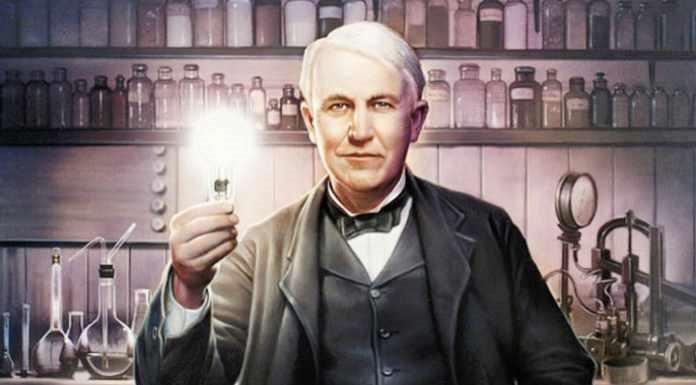free your mind |
ResearchLuminotherapy |
Power NapThomas Edison cultivated hypnagogic states to draw ideas for new inventions. He was taking short naps (without falling asleep) in the middle of the day sitting in his chair, a metal bullet in his hand. As soon as his muscles relaxed as sleep approached, the ball fell and the sound woke him up, preventing him from falling into sleep. He verified that the state of consciousness thus practiced at the edge of sleep favored either the emergence of a creative idea, or the treatment of an old idea this time in a new way. Thus over time we realized that the state of consciousness ‘awake’ at the edge of sleep in addition to its recovering aspect, was a wonderful and natural generator of creativity. The Power Naps in music are conceived and developed by PSYCHOMED to make it possible to STAY in this very special state: the blue light stimuli prevents the falling asleep and because of the pulsed mode generator of images (without any sense) it distracts the consciousness that automatically switches to the "border" state of sleep. This is the pragmatic side of PSiO technology. The "HYPERNAPS" designed by S. Dumonceau are the scientific outcome of the study of Power Naps. It was inspired by Dr. Zeitger's research of Palo Alto on the influence of a stop of stimulation on the retinal receptors. It is composed of precise alternations of pulsed blue and red lights with flashes of 100 milliseconds; this makes it possible to optimally excite the receptor pigments in the eye which are directly connected to the biological clock and this, up to 10 times the values in continuous light and 50 times for the white light. |
